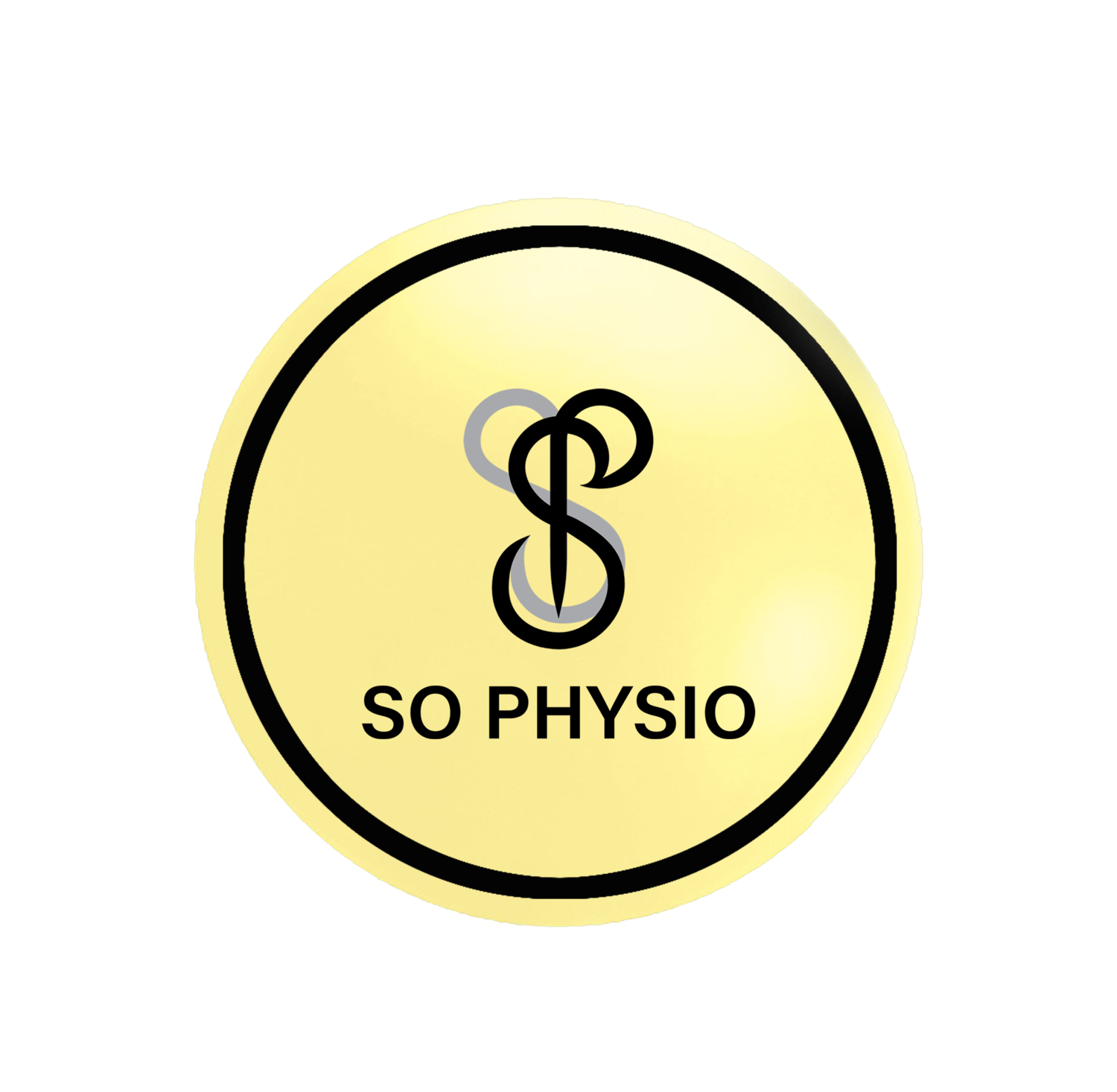Breathing dysfunctions & its global effects.
So Physio is your holistic physiotherapy clinic in Albany, North Shore and Auckland City Central. Our approach are unconventional and utilises the whole body approach.
Many of the clients that walk into my clinic with aches and pains often have their issue related to their breathing patterns. Most of the times my clients will look at me with a weird look on their faces and I totally get it. Breathing is automatic. It is the first thing we do as babies when we enter the world and the last thing we do as human beings before we die. We breathe every second of every day so it is natural to feel weird when someone tells you that you are not breathing correctly, or that your diaphragm is causing your pains.
Unfortunately, the case is true. In this day and age, we all hold very stressful and busy lives. When you are stressed, do you find yourself holding your breath or taking shallower breathes? Or when you are faced with a particularly difficult task, do you find yourself holding your breath to brace yourself? Breathing mechanism and our autonomic nervous system have a very close relationship with each other. When our body goes into a systematic overdrive (when you are stressed, busy, fight or flight), it creates physiological changes in our body which include heart rate changes, breathing mechanics changes, postural changes etc etc. Our body is constantly trying to achieve a state of homeostasis where everything is balanced. However, if we are stuck in one stage more often than the other, the body with adapt to compensate for the changes.
Some of these compensations include the building of a dysfunctional breathing pattern. A normal breathing pattern includes proper diaphragmatic control which cues proper expansion of the thoracic and abdominal region and the building of intraabdominal pressure (IAP). A dysfunctional breathing pattern contributes to tightness in accessory respiratory muscles, a rigid thoracic cage, poor diaphragm control, and poor postures. These changes then affect our intra-abdominal pressure (IAP) and reduce spinal stability, The diaphragm is vital to core stability and motor control. A change in IAP and poor breathing leads to neck pain, lower back pain, and poor functional movement patterns that would further spiral into distal joint problems.
How does ALL of that happen?
Simple. The diaphragm is a dome-shaped structure which separates the lungs from the abdominal region. It is innervated by phrenic nerve via C3,4,5 from the neck. The diaphragm lines the costal margins of the rib cages and anchors down onto L2,3 of our lumbar spine anteriorly. It forms the top of our core. Inhalation will allow the diaphragm to drop down further into the abdominal cavity. Pressure = Force/Surface Area. As the surface area of our abdominal area reduces, pressure increases. That pressure is what we call the intra-abdominal pressure. It is the pressure formed by our core structures to create spinal stability.
It is well known that lower back pain is very common nowadays and can be very debilitating. More often now than ever, we hear things like ‘slipped’ discs (discs don’t slip by the way), herniated disc, thinning of the disc etc etc. A lot of times those findings START because your body is unable to build proper intraabdominal pressure and spinal stability. Little by little, your body starts to sacrifice its core stability, as a results, we start to see structural changes occurring and other parts of your body starting to change to help regain your stability. Tight hip flexors, stiff upper back, stiff and tight neck? They are often compensation strategies to help you regain your spinal stability. There’s a concept called regional interdependence, which explains how every part of the body switches between a stable joint and a mobile joint and when there’s a change in one, slowly but surely, the rest will follow suit to compensate.
The diaphragm is crucial in building intraabdominal pressure and cueing core muscles like the transverse abdominis (TvA) and Internal Oblique muscles. In the video here, I will be talking through breathing mechanisms and teaching you how to train your breathing properly.
This is why we treat the whole body as one, and not chase the pain. If you had an injury/condition that you remains unresolved and you are struggling with it, we might be the ones who can help you. Book in for an appointment now.
So Physio has locations in both Albany, North Shore & Auckland City Central.
